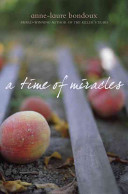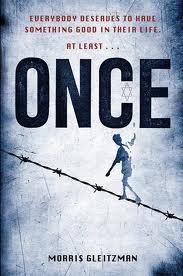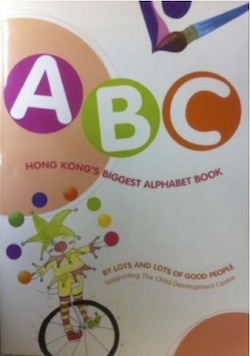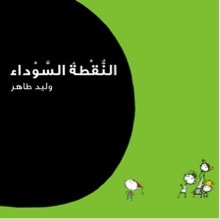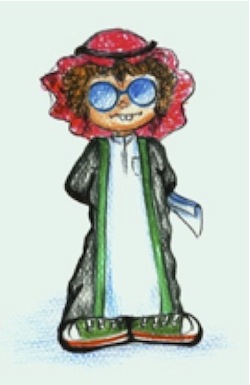by Julia López-Robertson & Lillian Reeves, with Nicoleta Hodis, Lisa Stockdale, Ashlye Rumph-Geddis, Mary Jade Haney & Amy Bartholomew, University of South Carolina
A gift for Abuelita: Our entrée into El Día de los Muertos
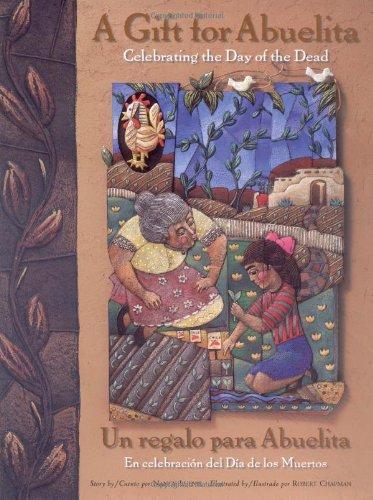 El Día de los Muertos (Day of the Dead) has its’ origins more than 3,000 years ago when the Aztec Indians, who inhabited Mexico, spent four months each year honoring the dead with ceremonies and rituals. With the arrival of the Conquistadores in the 16th century came the elimination of the already established Aztec traditions and their replacement with the Spanish beliefs and traditions which followed the doctrine of the Roman Catholic Church. Rather than completely accept the Spanish traditions, the indigenous peoples resolved to mesh “ancient traditions with those of the church” (Arquette, Zocchi &Vigil, 2008, p.8) and the result is el Día de los Muertos. Continue reading
El Día de los Muertos (Day of the Dead) has its’ origins more than 3,000 years ago when the Aztec Indians, who inhabited Mexico, spent four months each year honoring the dead with ceremonies and rituals. With the arrival of the Conquistadores in the 16th century came the elimination of the already established Aztec traditions and their replacement with the Spanish beliefs and traditions which followed the doctrine of the Roman Catholic Church. Rather than completely accept the Spanish traditions, the indigenous peoples resolved to mesh “ancient traditions with those of the church” (Arquette, Zocchi &Vigil, 2008, p.8) and the result is el Día de los Muertos. Continue reading


